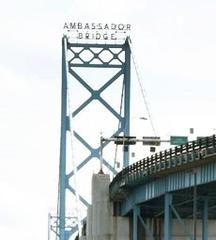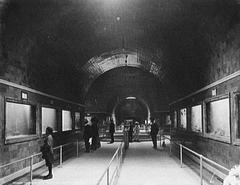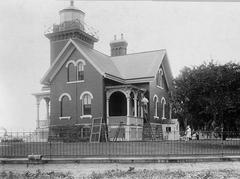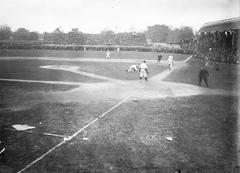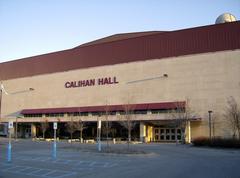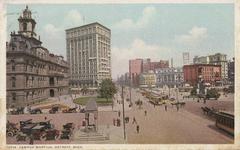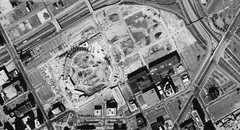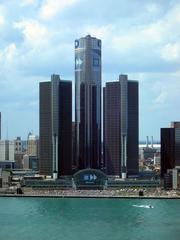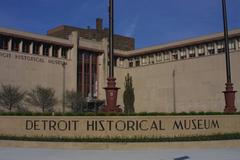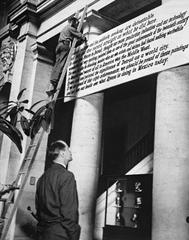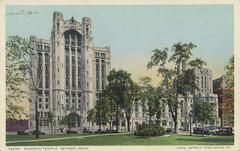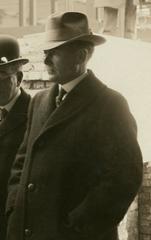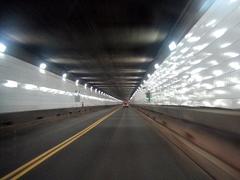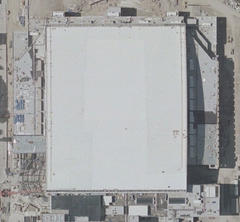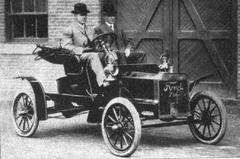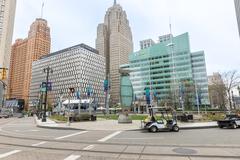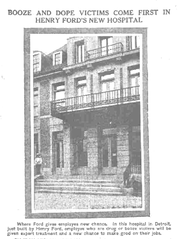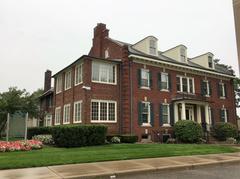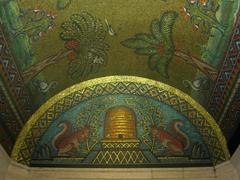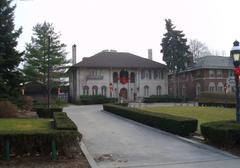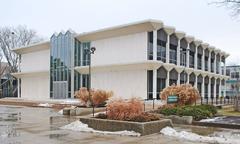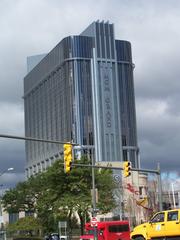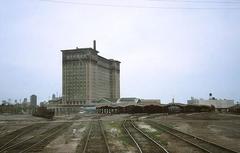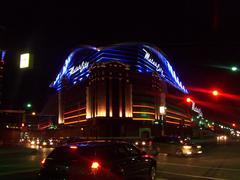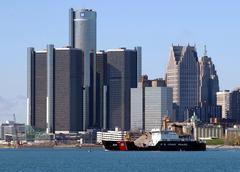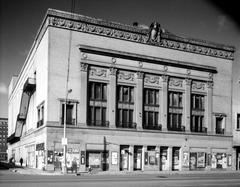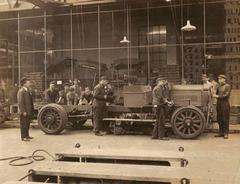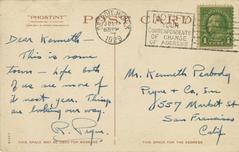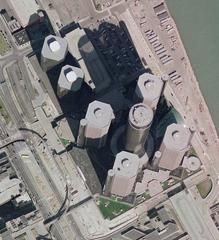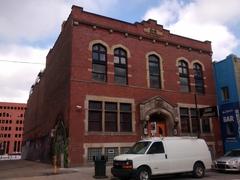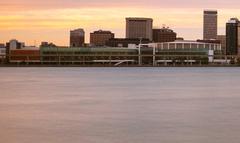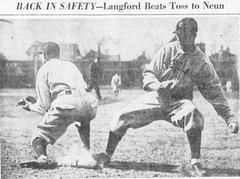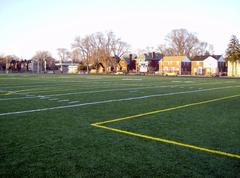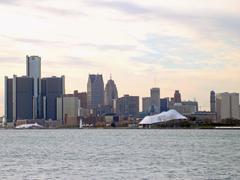The Grande Ballroom Detroit: Visiting Hours, Tickets, and Historical Significance
Date: 04/07/2025
Introduction: The Grande Ballroom’s Enduring Legacy
Standing at 8952 Grand River Avenue, the Grande Ballroom is a Detroit landmark whose walls echo with nearly a century of musical innovation and cultural transformation. Designed by Charles N. Agree in 1928, the building’s ornate Moorish Revival and Art Deco features reflect the city’s economic optimism during the Roaring Twenties. Over the decades, its storied dance floor has hosted everything from big band jazz to the wild energies of psychedelic rock, cementing the Grande’s place as a cornerstone of Detroit’s musical and cultural history. Today, although abandoned and closed to the public, the Grande Ballroom’s legacy is kept alive through preservation efforts, community advocacy, and its continued influence on Detroit’s identity.
This guide provides a comprehensive overview for music fans, historians, and visitors: tracing the Grande’s history, architectural highlights, visitor information, nearby attractions, preservation status, and answers to frequently asked questions. Whether you’re planning a heritage tour or exploring Detroit’s music history virtually, this article is your resource for discovering the Grande Ballroom’s significance and current state (Detroit1701.org; Saint Louis Patina; Lookup Detroit; Preservation Detroit).
Contents
- Discover the Grande Ballroom: A Detroit Landmark
- Architectural Origins and Design
- The Ballroom Era: 1920s–1940s
- Reinvention and the Psychedelic Rock Era: 1960s–1972
- Post-Closure Status and Preservation
- Visiting Information: Hours, Tickets, and Accessibility
- Architectural Details and Physical Layout
- Accessibility and Travel Tips
- Nearby Attractions
- Preservation Advocacy and Redevelopment
- FAQ: Visiting the Grande Ballroom
- Conclusion: Preserving Detroit’s Musical Heritage
- References
Discover the Grande Ballroom: A Detroit Landmark
The Grande Ballroom is far more than a relic; it’s a symbol of Detroit’s remarkable ability to adapt and innovate. From its beginnings as a dance hall in the late 1920s to its legendary rock concerts in the 1960s, the Grande witnessed—and influenced—cultural shifts that defined generations. Today, its boarded windows and weathered façade serve as a poignant reminder of Detroit’s dynamic past and the ongoing efforts to preserve its creative spirit.
Architectural Origins and Design
Commissioned during Detroit’s economic heyday, the Grande Ballroom was designed by Charles N. Agree, a prolific local architect known for blending exotic revival styles with modern commercial functionality. The building’s two stories feature buff brickwork, Moorish arches, and vivid terra cotta ornamentation. The main entrance’s horseshoe-shaped arches and decorative tilework exemplify the Moorish Revival, while the symmetry and geometric lines reflect Art Deco trends. Its grand ballroom could accommodate 1,500 guests, featuring a sprung maple dance floor, mezzanine balcony, and lavish plaster details (Triphobo).
The Ballroom Era: 1920s–1940s
In its early decades, the Grande Ballroom was a premier destination for Detroit’s middle class, offering elegant evenings of big band jazz and social dancing. The ground floor housed retail shops, while the second floor’s expansive ballroom hosted thousands of Detroiters, especially those without cars, who flocked to local venues for entertainment. Despite challenges from the Great Depression and World War II, the Grande remained a vital community hub throughout the 1940s.
Reinvention and the Psychedelic Rock Era: 1960s–1972
By the 1950s, suburbanization and changing tastes led to the Grande’s decline. Its fortunes reversed in 1966 when promoter Russ Gibb transformed it into Detroit’s answer to San Francisco’s Fillmore—a cutting-edge venue for rock, blues, and psychedelia. The Grande became legendary for hosting acts such as The Who, Led Zeppelin, Pink Floyd, Janis Joplin, MC5, The Stooges, and The Grateful Dead (Concert Archives). The venue’s light shows, political activism, and avant-garde performances created an environment synonymous with Detroit’s counterculture. Local bands like MC5 and The Stooges helped pioneer proto-punk, establishing the Grande’s reputation as a launchpad for groundbreaking music and social movements (Lookup Detroit).
Post-Closure Status and Preservation
The Grande Ballroom ceased regular operations in 1972 and has since experienced decades of neglect. Now owned by Chapel Hill Missionary Baptist Church (since 2006), the building remains vacant and structurally compromised. Water damage, vegetation growth, and vandalism have severely affected the interior, though many architectural features—such as terra cotta arches and steel balcony supports—are still visible from the exterior.
In recognition of its historic value, the Grande was listed on the National Register of Historic Places in December 2018, offering some protection and eligibility for grants, though restoration remains a major challenge.
Visiting Information: Hours, Tickets, and Accessibility
- Visiting Hours: The Grande Ballroom is closed to the public due to safety hazards. There are no regular visiting hours or interior tours.
- Tickets: No tickets are available for interior access. Occasionally, guided walking tours by local organizations may include exterior viewing; check Preservation Detroit for tour details.
- Accessibility: The building is visible from the sidewalk on Grand River Avenue. The surrounding area is accessible by car, public transit, or on foot. The building itself is not wheelchair accessible, and the interior is strictly off-limits due to structural instability.
Travel Tips:
- Visit during daylight for safety and best exterior viewing.
- Use public transit, ride-sharing, or nearby street parking.
- Respect all posted signs and barriers; do not attempt to enter the building.
Architectural Details and Physical Layout
Exterior
- Moorish Revival Arches: The entrance’s horseshoe arches and intricate terra cotta ornamentation remain standout features.
- Facade Symmetry: The symmetrical design and decorative parapet highlight the building’s grand presence.
- Colorful Tilework: Remnants of original glazed tiles and decorative friezes are visible around doors and windows.
Interior (Historic)
- Sprung Dance Floor: Designed for optimal dancing, the maple floor was an engineering marvel in its day.
- Steel-Supported Balcony: A mezzanine balcony offered panoramic views and additional seating.
- Stage and Proscenium: The stage featured plaster reliefs (now mostly lost) and accommodated both jazz orchestras and rock bands.
Accessibility and Travel Tips
The Grande Ballroom is best viewed on foot from the sidewalk. The immediate area is urban and may have uneven pavement. While the building itself is not accessible, nearby neighborhoods and attractions are easily reached by public transit or car.
Nearby Attractions
While the Grande is closed, visitors can enrich their Detroit experience by exploring:
- Detroit Historical Museum: Exhibits on local music and culture.
- Motown Museum: Celebrating Detroit’s iconic Motown legacy.
- Detroit Institute of Arts: Renowned for its art collections.
- Eastern Market: A historic market district with food, art, and music.
Preservation Advocacy and Redevelopment
Groups like Friends of the Grande Ballroom, Preservation Detroit, and Historic Detroit tirelessly advocate for its restoration, organizing public tours, educational programs, and fundraising campaigns. Restoration is possible but requires significant investment for roof repairs, water damage remediation, and interior restoration. The building’s market value has fluctuated, reflecting both its cultural significance and the challenges of redevelopment.
FAQ: Visiting the Grande Ballroom
Q: Can I enter the Grande Ballroom?
A: No. The interior is closed due to safety hazards. Only exterior viewing is allowed.
Q: Are there official tours or tickets?
A: No regular tours or tickets are available. Occasionally, guided walking tours by local organizations may include the Grande’s exterior.
Q: What are the visiting hours?
A: There are no official hours. The exterior can be viewed from the sidewalk during daylight.
Q: How can I support preservation?
A: Donate to preservation groups, join walking tours, or help raise awareness about the Grande’s historical significance.
Q: What other attractions are nearby?
A: The Motown Museum, Detroit Institute of Arts, and Eastern Market are all within a short drive.
Conclusion: Preserving Detroit’s Musical Heritage
The Grande Ballroom endures as a symbol of Detroit’s resilience, creativity, and cultural dynamism. Though currently shuttered and in need of restoration, its legacy as a venue for groundbreaking music and community gathering remains undiminished. As Detroit continues to evolve, the Grande’s story reminds us of the city’s vital place in American music and the importance of preserving its architectural treasures. Support local preservation efforts, explore Detroit’s rich musical history, and contribute to ensuring that the Grande Ballroom continues to inspire future generations (Detroit1701.org; Preservation Detroit; Visit Detroit).
References
- Detroit1701.org – Grande Ballroom
- Saint Louis Patina – The Grande Ballroom and Grand River Avenue
- Lookup Detroit – Some Rock History in Detroit: The Grande
- Preservation Detroit – Grande Ballroom
- Triphobo – Grande Ballroom
- Concert Archives – Grande Ballroom
- Visit Detroit
